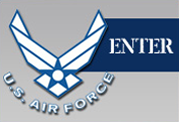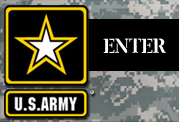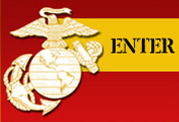Welcome,
This section of the gallery contains patches of the United States Army. The Army is the oldest branch of the U.S. military and the most senior in order of precedence. Heraldically, it is best known for its small metallic emblems, called Distinctive Unit Insignia (DUI), sometimes just called DIs by soldiers and collectors. Their design is derived from the coat of arms authorized for a unit. The Institute of Heraldry (TIOH, see tioh.army.mil), administered by the Army since the institute’s creation in 1960 but with roots reaching back to 1919, is responsible for the design, development, and authorization of all DUIs. TIOH also became responsible for Regimental Distinctive Insignia and Shoulder Sleeve Insignia (SSI); this last term is a rather cryptic name for embroidered cloth patches. These are worn on the left sleeve of the uniform just below the shoulder seam by soldiers assigned to divisions, corps, armies, and other specifically authorized organizations. They are also worn on the right sleeve by soldiers to indicate former overseas service with certain units during periods of U.S. military operations in hostile conditions. This gallery is primarily for the display of SSI, which hereafter are called patches. These patches usually display the design of the DUI (i.e., they are the cloth version of the metallic DUI), but occasionally there are subtle differences. The gallery also contains morale patches, which differ from the emblems approved for DUI.
The 81st Infantry (“Wildcat”) Division is generally agreed to have been the first U.S. Army unit authorized a unique patch. In 1918, during WWI, the men in the 81st Division sewed an olive drab felt patch with the silhouette of a wildcat onto the left shoulder of their uniform. This encouraged soldiers in other divisions to create patches with unique symbols for their uniforms. By WWII, all army groups, field armies, corps, and divisions had unique patches, and in 1965 the practice was approved for all major commands, field hospitals, logistics commands, and certain other units. Most army units smaller than brigades do not have an official patch, so they wear the patch of a higher headquarters.
A distinguishing characteristic of many, maybe even most, TIOH-approved army patches is the lack of designations on them. Instead, this service has shown a preference for reliance on the design of a patch, perhaps accompanied by a motto, to identify an organization. Consequently, it sometimes can be quite challenging for collectors to correctly identify officially approved patches from this branch, so their reliance on published “patch guides” is understandable. Many such guides have been published, most since World War II, and they have proven very helpful in the identification process, but the problem with such products is they are not comprehensive. Newly discovered old patches are absent, as are patches made subsequent to publication.
This gallery is far from comprehensive, nor is it intended to be. Yes, viewers will see some of the more common patches here, but its great advantage is that it provides a virtual venue for the display of the patches that are not contained on the pages of any of the aforementioned printed publications, and maybe not even on other online sites that have been created in recent years. To that end, we offer this gallery to help fill that void, and we hope you find it useful.









